Hurufiyya Identity in Modern Arab Aesthetics
In tandem with our re-OpenLab ‘Architextures’ music series hosted by Francesca, here we look the Hurufiyya movement which is one of the most significant artistic currents to emerge from the Arab world in the second half of the 20th century. Taking its name from the Arabic word huruf (letters), the movement sought to reclaim, reinterpret, and revitalise Arabic script as a vehicle for modern artistic expression.
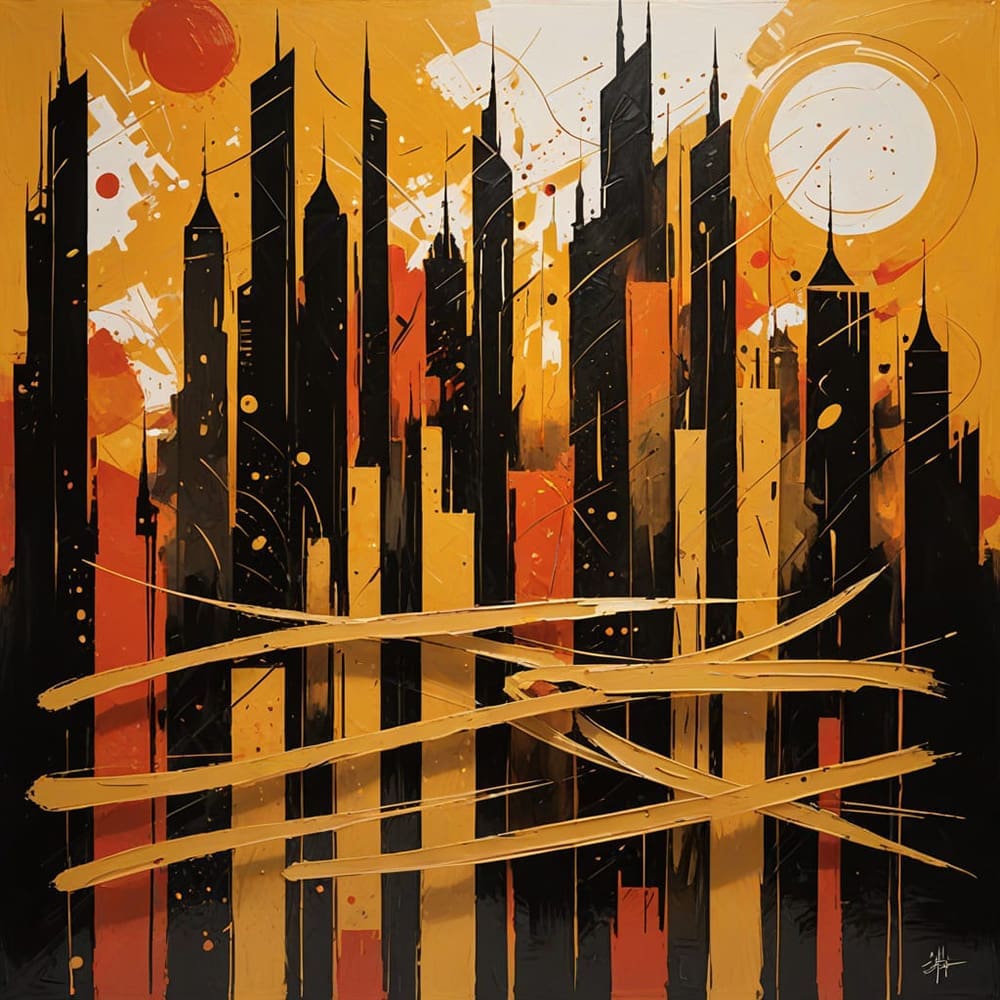
All of our content is free to access. An independent magazine nonetheless requires investment, so if you take value from this article or any others, please consider sharing, subscribing to our mailing list or donating if you can. Your support is always gratefully received and will never be forgotten. To buy us a metaphorical coffee or two, please click this link.
More than a stylistic experiment, Hurufiyya was – and remains – an exploration of cultural identity, a negotiation between heritage and modernity, and a statement of independence from Western-centric narratives in art history.
At its core, Hurufiyya blends the ancient calligraphic traditions of the Islamic world with the abstract, modernist impulses of the 20th century. It emerged at a time when Arab nations were redefining themselves politically and culturally after colonial rule. In the hands of Hurufiyya artists, the Arabic letter became more than a symbol of language; it became an autonomous form, a vessel for memory, a bridge between past and future.
Table of Contents
*All book images suggest books that offer in-depth insights into the history, design philosophy, and impact of Feminist Art and all book images Open a New tab to our Bookshop.
**If you buy books linked to our site, we get 10% commission from Bookshop.org, whose fees support independent bookshops.

Historical Context: From Tradition to Modernity
The roots of Hurufiyya can be traced to the 1950s and 1960s, when many artists across the Arab world – from Baghdad to Khartoum, Cairo to Beirut – sought a new visual language that reflected their own cultural heritage while engaging with the global art scene. This was a period marked by political independence movements, the search for national identity, and the rediscovery of local artistic traditions side-lined under colonialism.
Arabic calligraphy has been a revered art form for over a millennium, tied deeply to Islamic cultural and spiritual life. However, in Hurufiyya, the script was liberated from its purely textual or decorative function. Artists broke apart words, isolated letters, manipulated proportions, and abstracted shapes until the calligraphic form became a visual rhythm – often stripped of semantic meaning to emphasise its aesthetic power.
This new direction was not without its controversies. Traditionalists sometimes criticised Hurufiyya for “distorting” calligraphy’s sacred forms, while Western critics tended to overlook it entirely, dismissing it as derivative of Western abstraction. Yet the movement persisted, driven by artists who saw in the Arabic letter an infinite potential for modern expression.
Defining Principles of the Hurufiyya Movement
While individual approaches varied widely, several defining principles unite Hurufiyya practitioners:
Material and Textural Experimentation – From traditional ink on paper to oil on canvas, from metal embossing to mixed-media assemblage, Hurufiyya’s material diversity reflects its blend of old and new.
Centrality of the Letterform – The Arabic letter is the movement’s primary building block. Whether fully legible or completely abstracted, the letter serves as the compositional anchor, functioning both as symbol and shape.
Heritage Reimagined – Hurufiyya artists engage directly with Islamic calligraphic traditions – Kufic, Naskh, Thuluth, Diwani – but adapt them into modernist frameworks, often influenced by Cubism, Abstract Expressionism, or Constructivism.
Cultural Self-Determination – The movement arose as a form of postcolonial cultural assertion. By foregrounding Arabic script, artists resisted the dominance of Western art histories and asserted a distinct Arab modernism.
Balance Between Meaning and Form – Some works preserve linguistic meaning, embedding poetry or Quranic verses in abstract compositions; others deconstruct the text entirely, prioritising pure visual harmony over legibility.
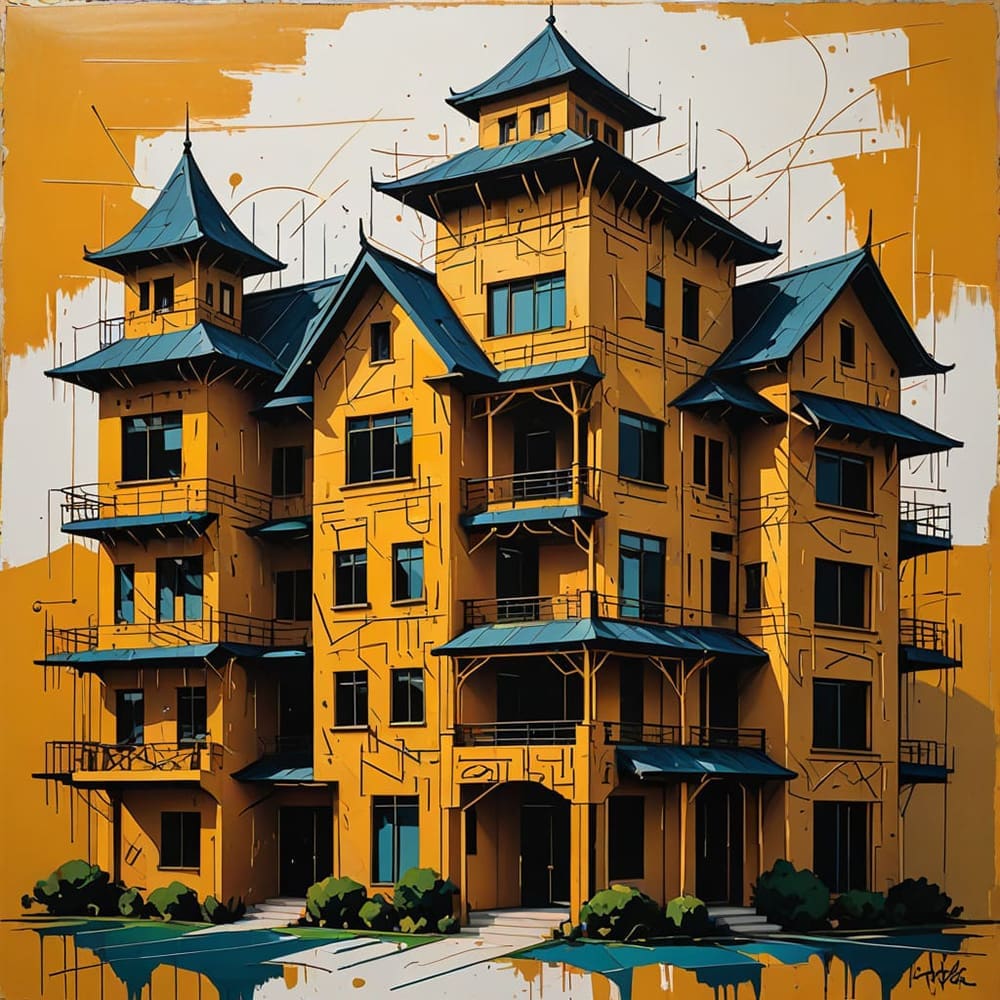
Shakir Hassan Al Said – Baghdad’s Visionary of Form and Spirit
One of Hurufiyya’s most important pioneers, Iraqi artist Shakir Hassan Al Said (1925–2004), was both a painter and a theorist. A co-founder of the Baghdad Modern Art Group, he developed the concept of al-bu’d al-wahid (“the one dimension”), which sought to unite spiritual depth with the physical surface of the artwork. For Al Said, the Arabic letter was a spiritual and historical signifier, capable of holding both aesthetic and metaphysical weight.
His paintings often combined fragments of Arabic script with textured, earthy surfaces. The script might be partially obscured, hinting at an ancient manuscript buried in sand, evoking Iraq’s layered history. In some works, letters dissolve into geometric forms, embodying the tension between permanence and decay, history and modernity.
Al Said’s influence extended far beyond his own paintings. His writings on the relationship between heritage and modernism helped shape the theoretical backbone of the Hurufiyya movement. He argued that reclaiming the Arabic letter was not nostalgia but a creative act of cultural sovereignty.
“The letter is not merely a sign; it is a universe of form and meaning. To paint it is to rediscover our own civilisation.”
Shakir Hassan Al Said
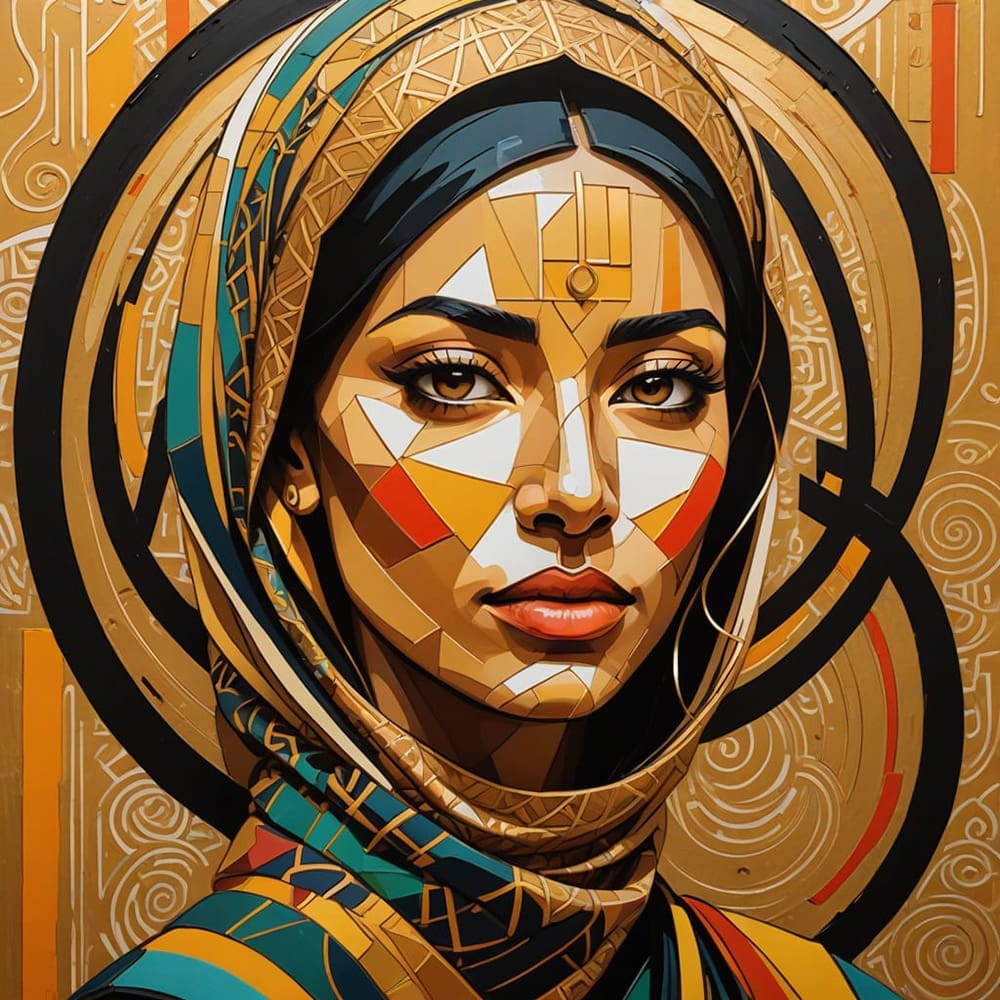
Kamal Boullata – Geometry, Language, and the Palestinian Identity
Palestinian artist Kamal Boullata (1942–2019) brought a rigorous geometric precision to Hurufiyya. Born in Jerusalem and exiled in 1967, Boullata’s art reflects both a longing for place and a commitment to the universal language of form. His works often explore the interplay between colour, geometry, and the spatial logic of Arabic script.
Boullata approached the letter not as a calligrapher but as a visual architect. In his hands, letterforms become symmetrically mirrored, rotated, and multiplied, forming star-like compositions reminiscent of Islamic tile work. The colour palettes – often luminous blues, reds, and golds – reinforce the architectural precision.
For Boullata, the letter was not only an aesthetic element but also a political one. By embedding Arabic script into a modernist visual idiom, he challenged the erasure of Arab visual culture from global modernism. His work, now in major museum collections, is recognised as a critical bridge between Islamic art traditions and international abstraction.
Nja Mahdaoui – The Calligrapher Without Words
Tunisian artist Nja Mahdaoui (born 1937) is often described as a “choreographer of letters.” His compositions appear as though letters are dancing across the surface, yet they are deliberately illegible. Mahdaoui is interested in the gesture of writing rather than in conveying textual meaning.
Working in ink, gold leaf, textiles, and even on aircraft fuselages, Mahdaoui transforms script into pure visual energy. His dynamic, sweeping lines suggest the motion of a pen on paper, but without the constraints of language. This liberation of script from meaning is central to Hurufiyya’s more experimental edge.
Mahdaoui’s work underscores one of the movement’s philosophical questions: Is the Arabic letter valuable only as a conveyor of meaning, or can it stand independently as art? His answer is clear – letters are inherently beautiful, their curves and angles worthy of celebration in their own right.
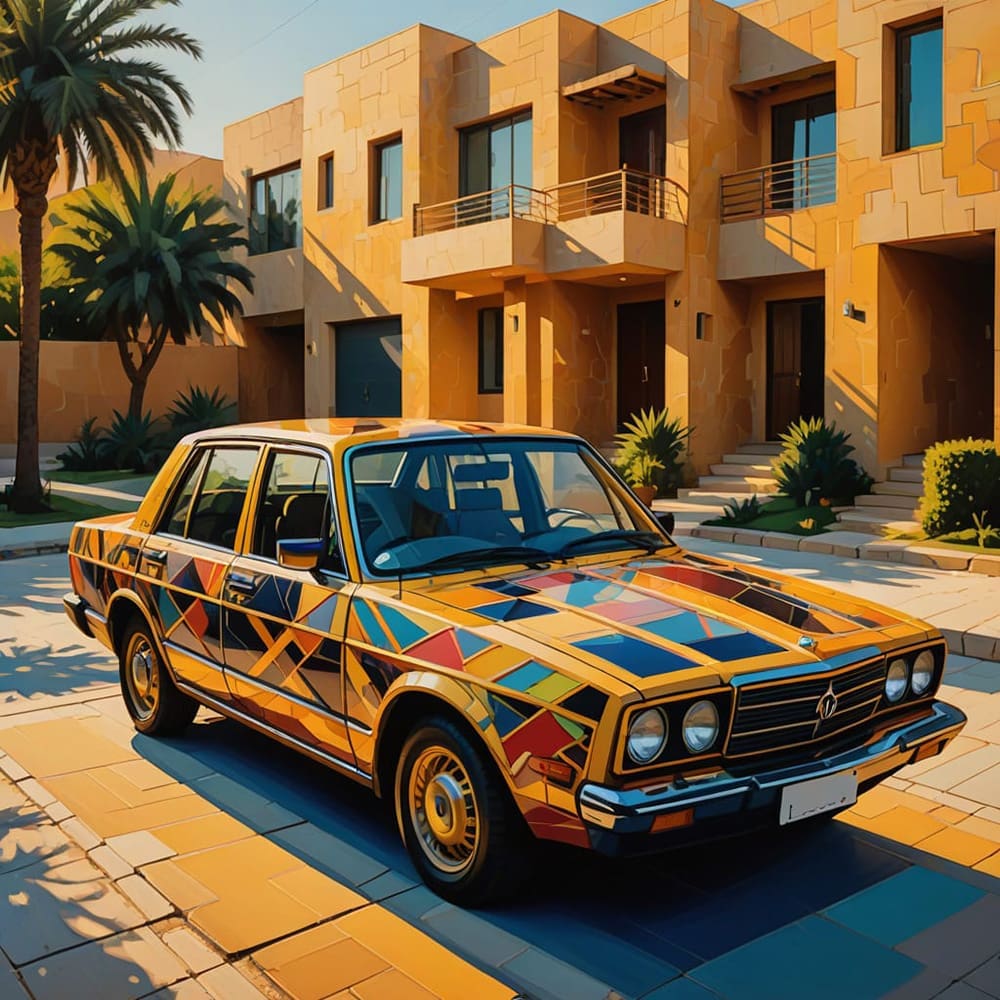
The Movement Today: Legacy and Relevance
The Hurufiyya movement remains highly relevant in the 21st century, especially as questions of identity, heritage, and globalisation continue to shape contemporary art. Younger artists across the Middle East, North Africa, and the diaspora are revisiting Hurufiyya with fresh perspectives, incorporating digital media, street art, and conceptual installations.
In the Gulf states, art fairs like Art Dubai showcase Hurufiyya-inspired works alongside cutting-edge contemporary art, demonstrating its ongoing resonance. In Western institutions, exhibitions such as Taking Shape: Abstraction from the Arab World, 1950s–1980s (Grey Art Gallery, New York) have brought overdue attention to Hurufiyya’s place in global abstraction.
In the age of global migration and digital connectivity, Hurufiyya’s blend of tradition and modernity speaks to broader conversations about cultural hybridity. The movement’s core principle – that heritage can be a foundation for innovation – resonates far beyond the Arab world.
“Geometry and the letter are two faces of the same coin: one speaks to the eye, the other to the soul.”
Kamal Boullata
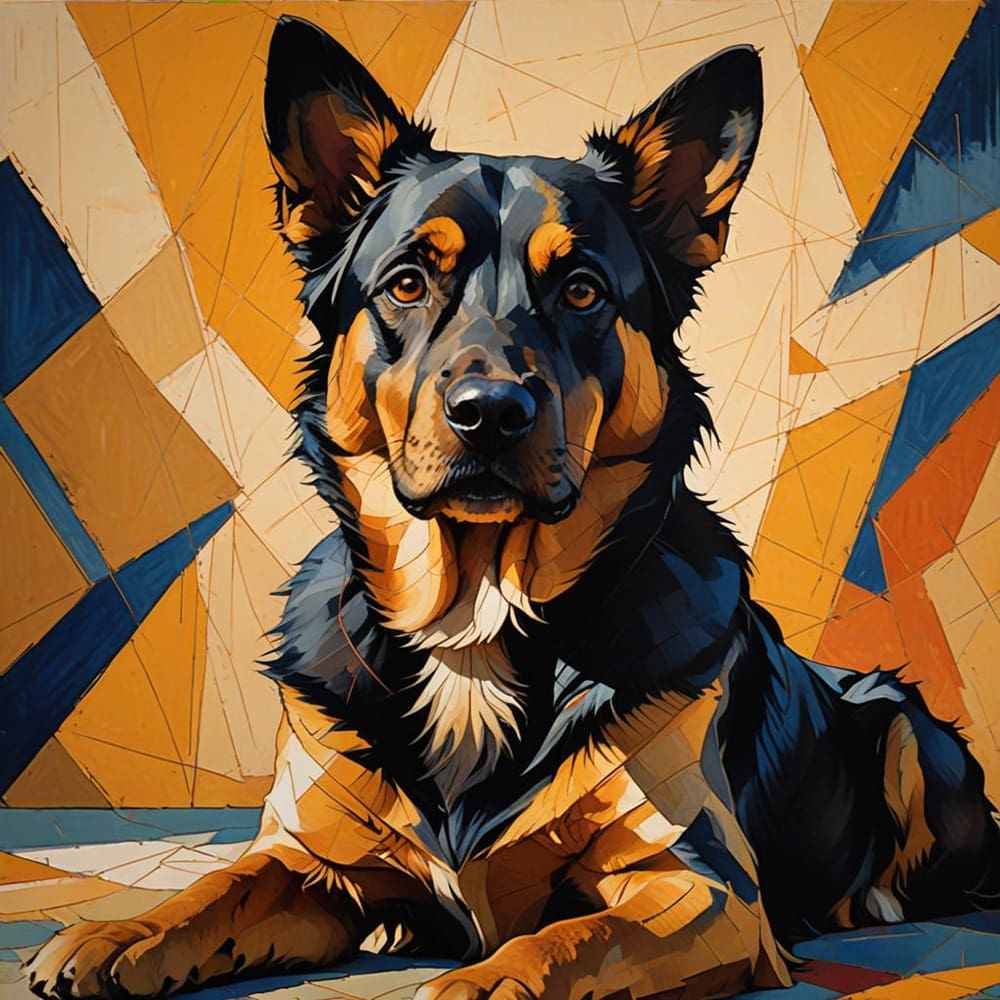
The Future of Hurufiyya
As digital tools allow artists to manipulate script in entirely new ways – from 3D printing to algorithmic design – Hurufiyya is poised to expand into new visual territories. Augmented reality could allow viewers to “walk through” letterforms; projection mapping might turn entire buildings into animated calligraphic compositions.
At the same time, the philosophical questions first raised by the movement remain: How do we balance reverence for tradition with the need for reinvention? How do artists engage with global art markets without diluting the cultural specificity of their work? Hurufiyya’s evolving answers to these questions will ensure its continued relevance in the decades ahead.
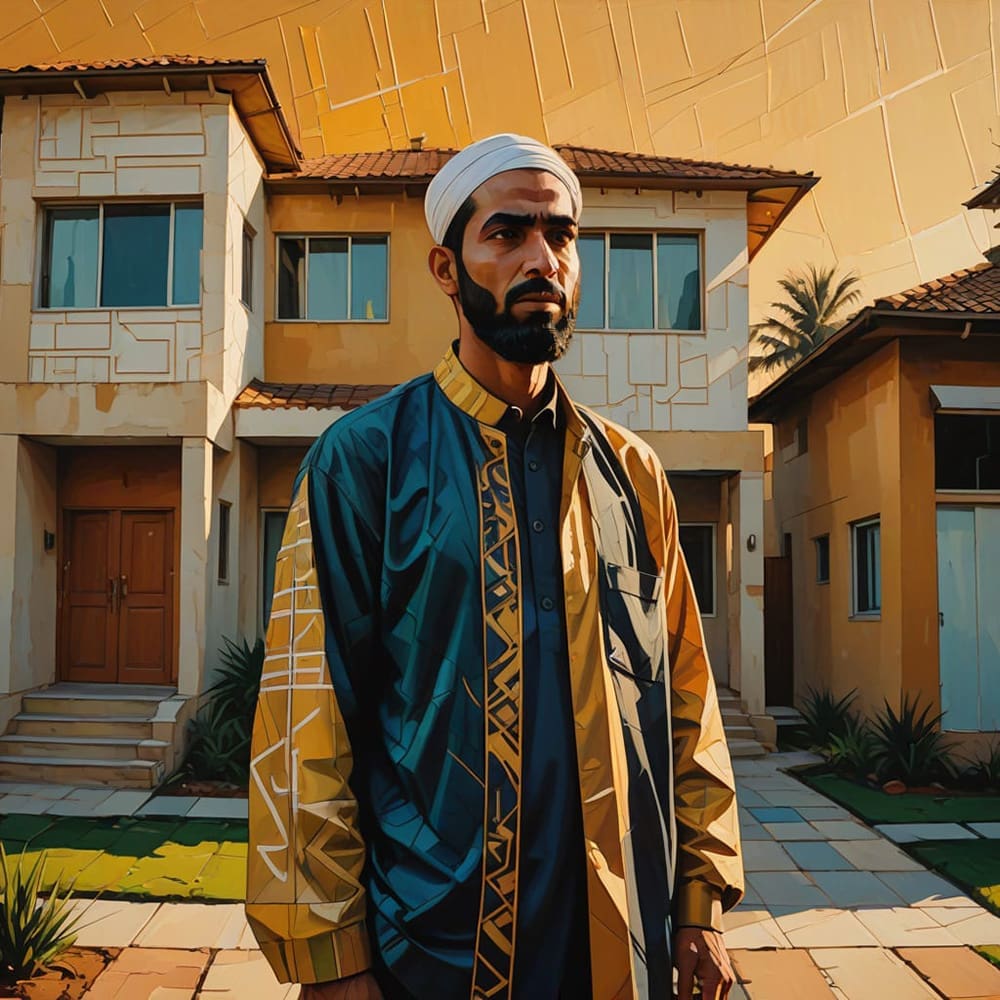
The Potential of Art to Engage with the World
The Hurufiyya movement stands as a testament to the enduring power of the Arabic letter – not only as a carrier of language but as an emblem of identity, memory, and modern creativity. Born out of a desire to reclaim cultural heritage in the postcolonial era, it forged a distinctly Arab modernism that refuses to be subsumed by Western narratives.
Its practitioners, from Al Said to Boullata to Mahdaoui, have shown that the letter can be infinite in its possibilities, bridging the ancient and the contemporary. Today, as artists push Hurufiyya into digital and conceptual realms, the movement’s core lesson endures: heritage is not a static relic, but a living resource for artistic innovation.
“I write without words. My letters are not to be read, but to be seen, to be felt.”
Nja Mahdaoui


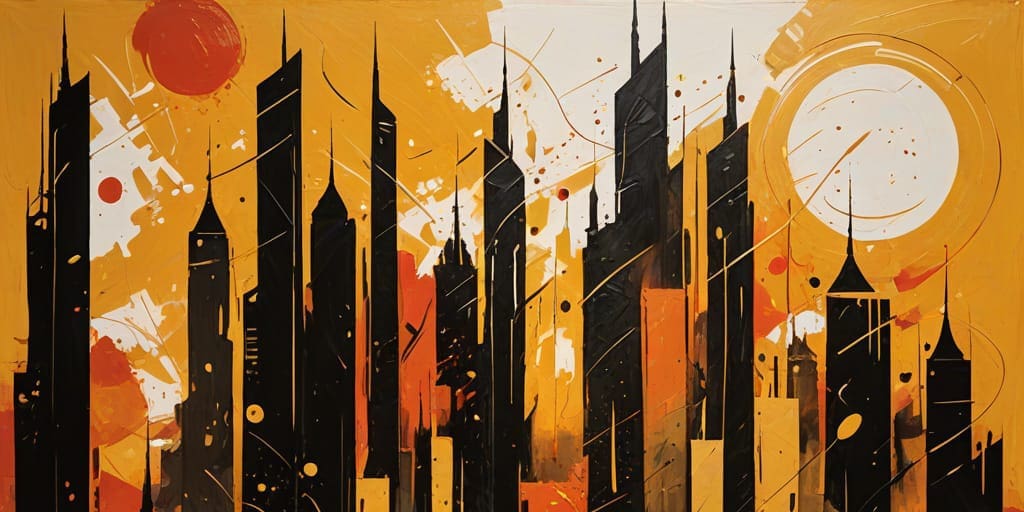
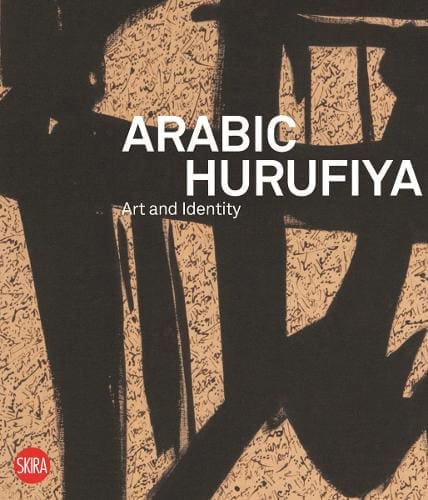
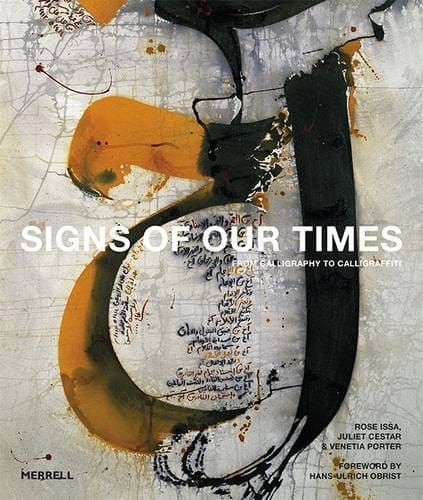

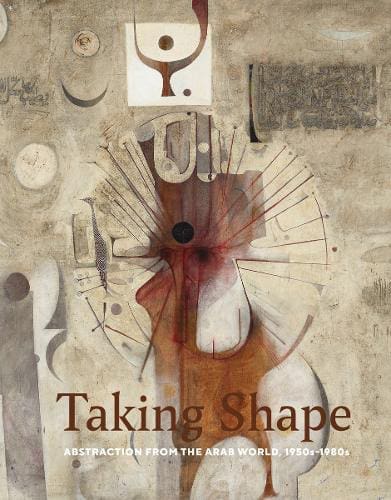
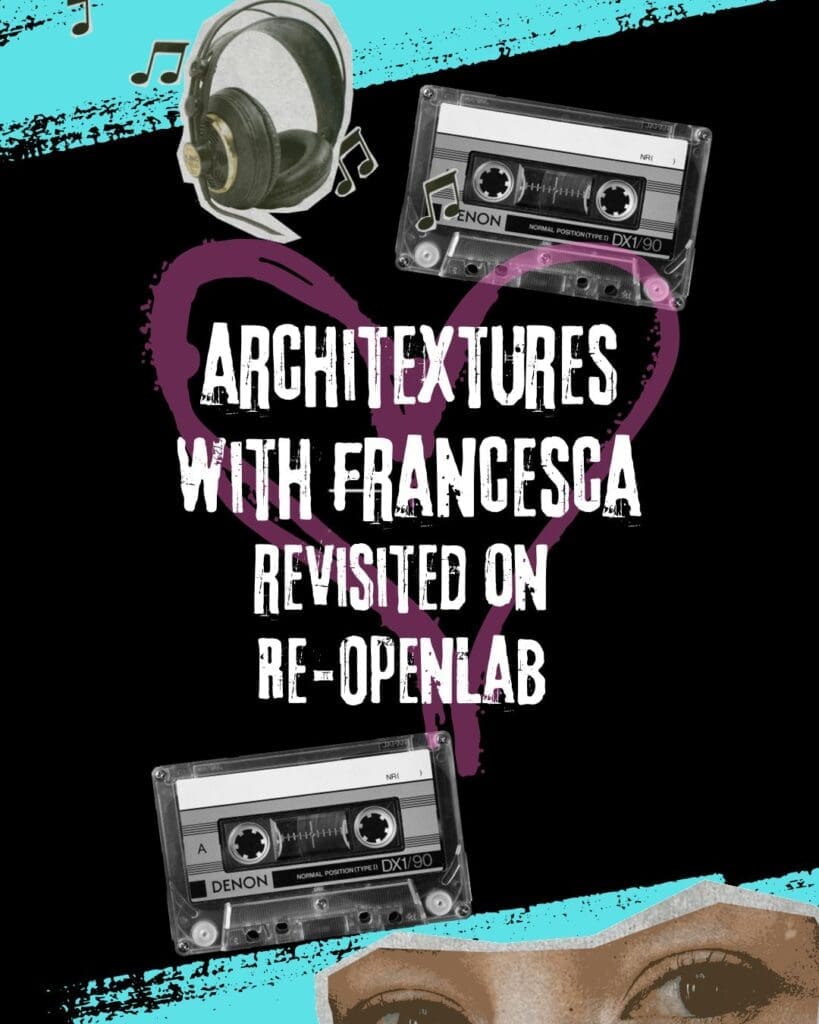

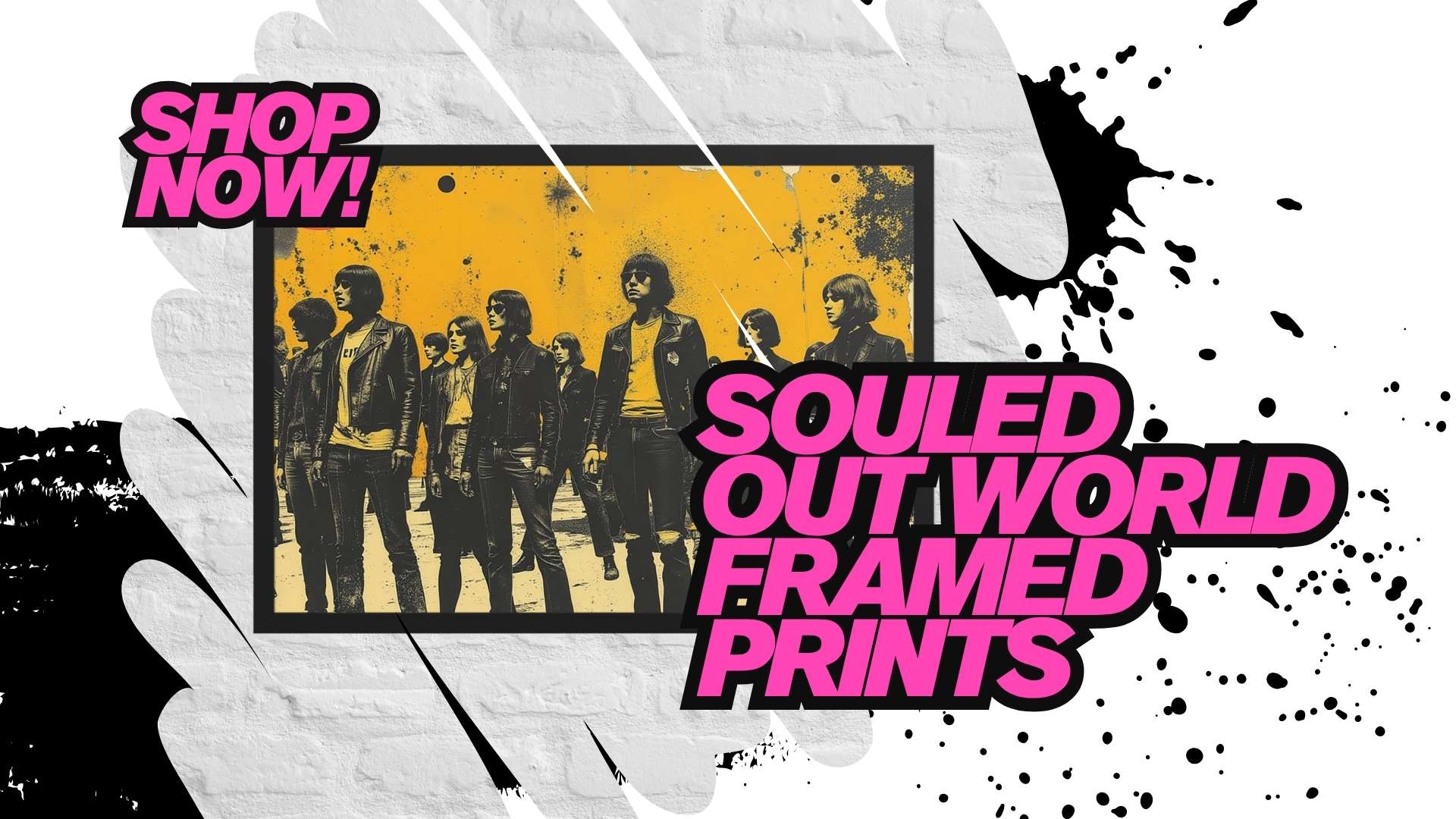
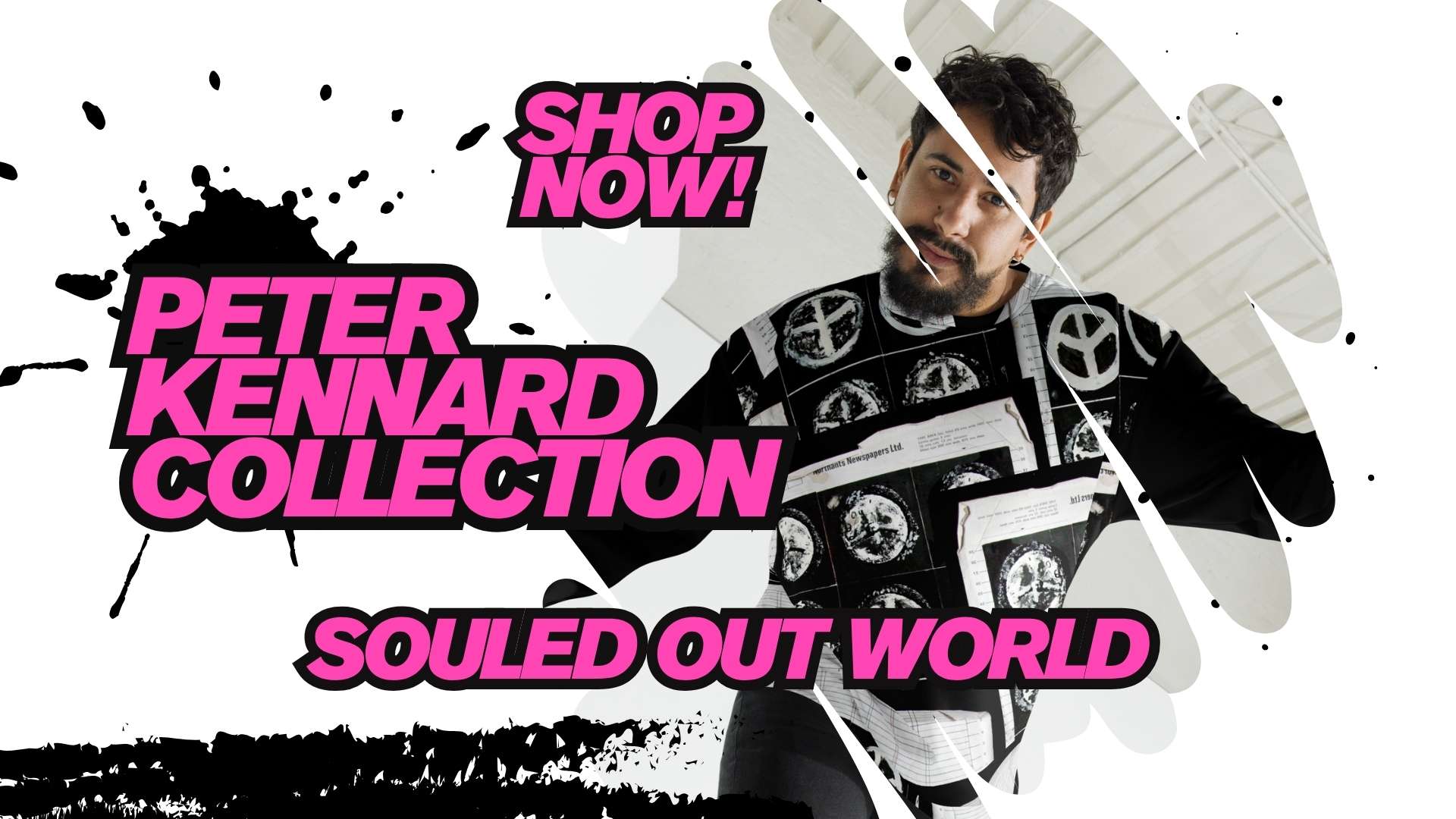

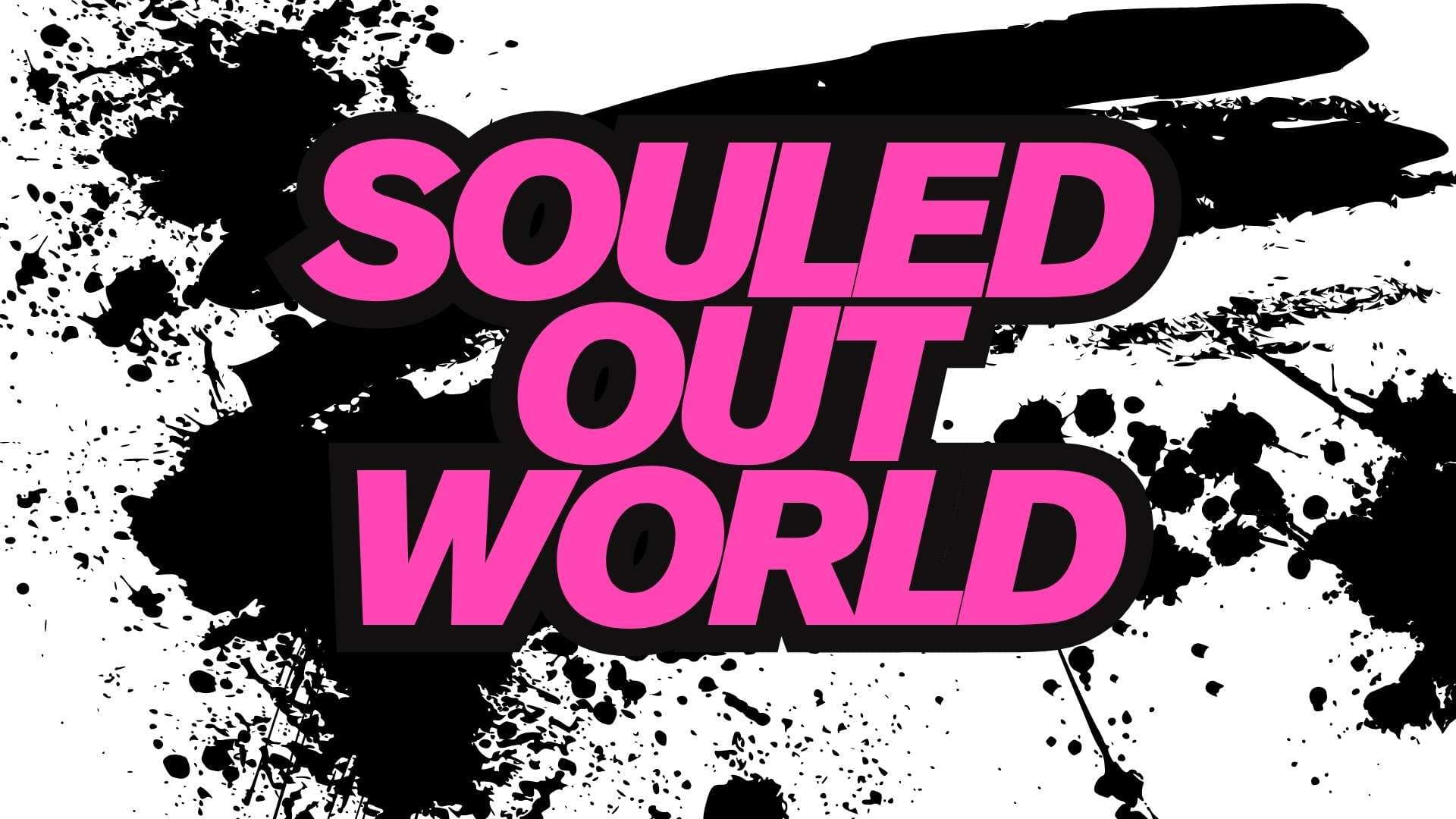
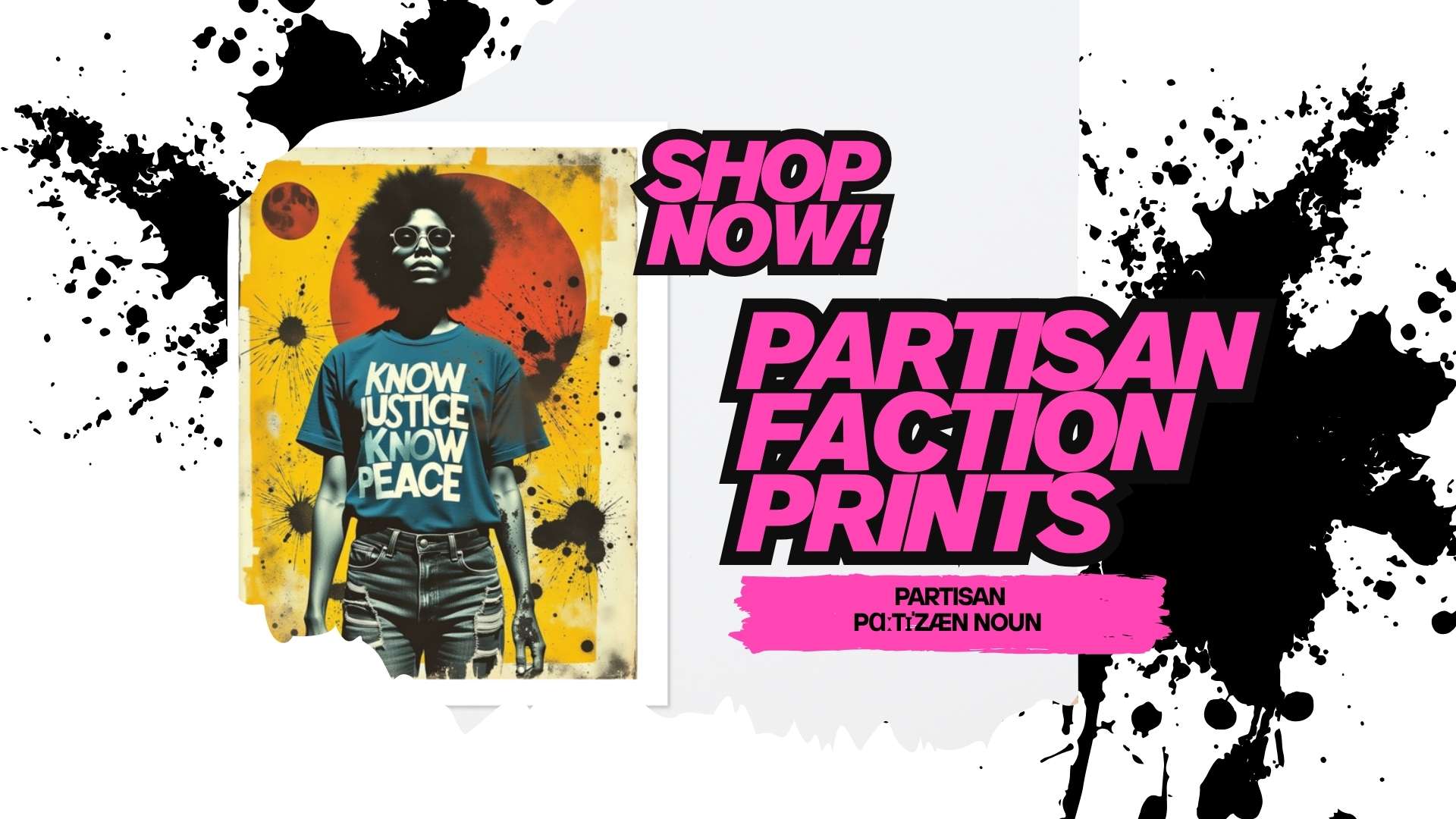
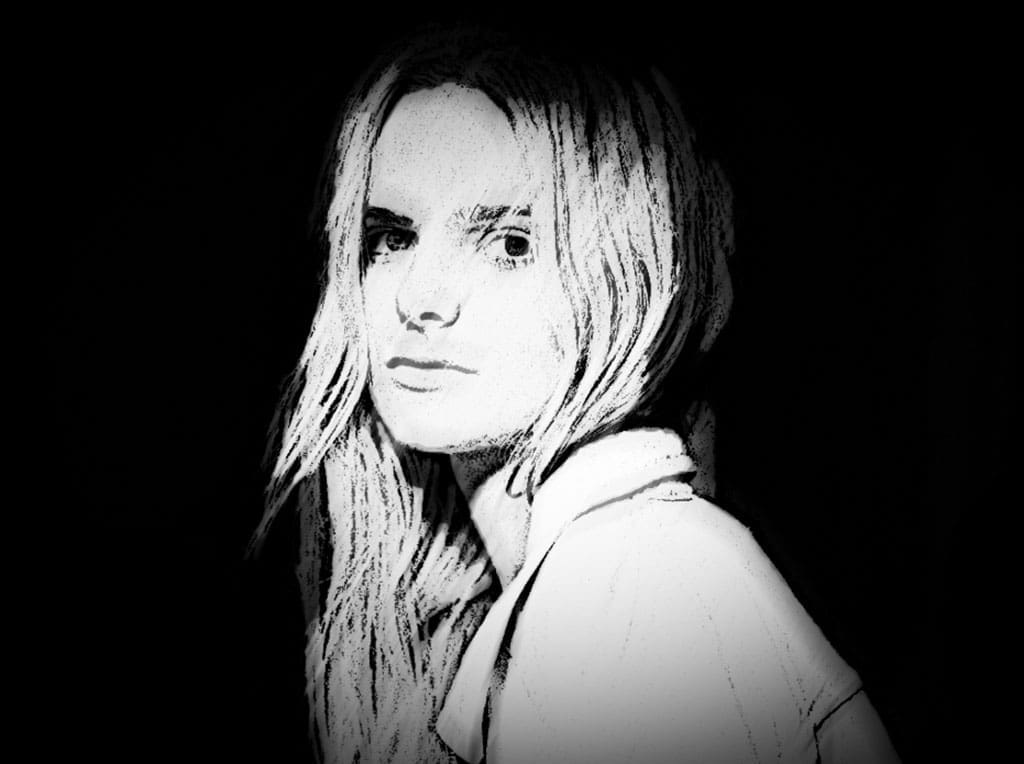



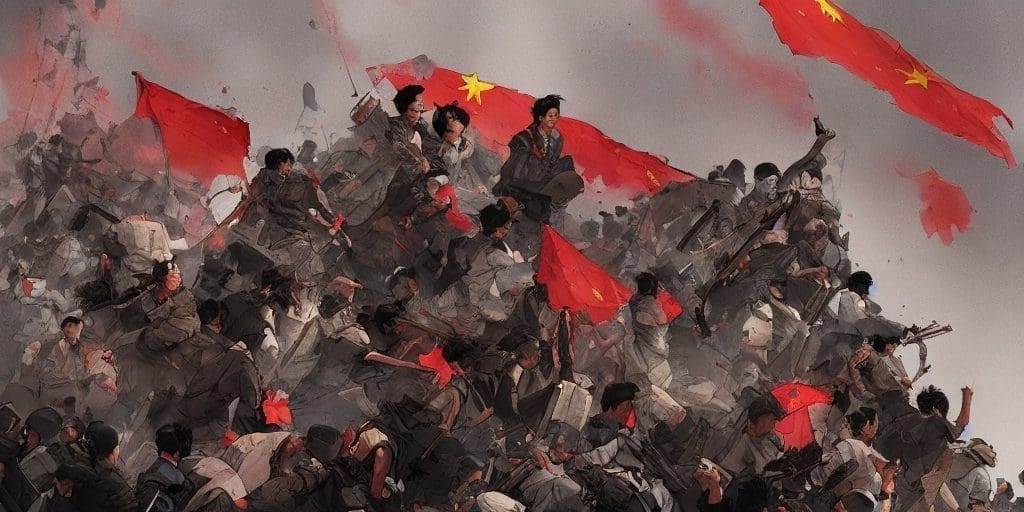


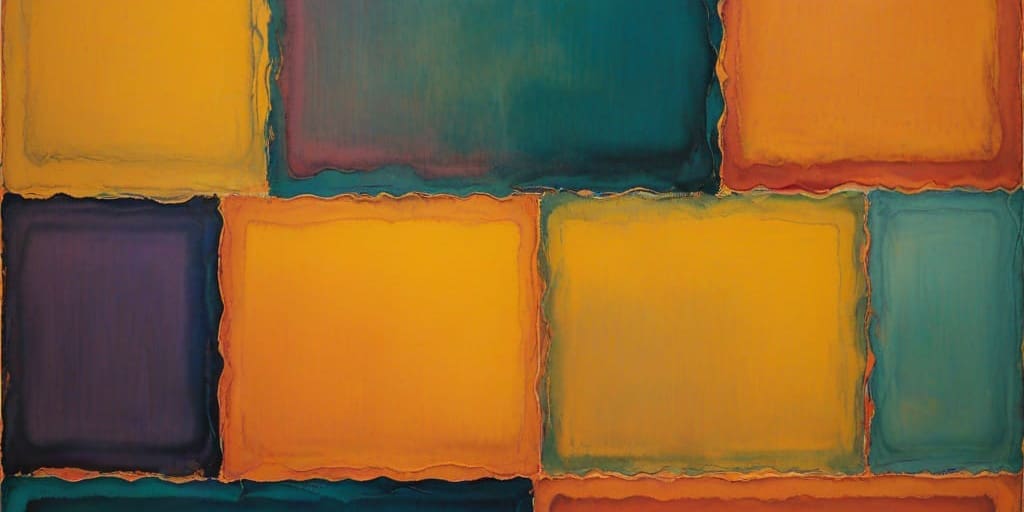
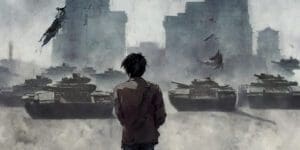
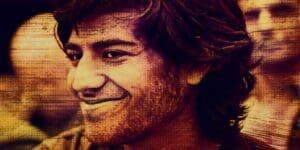
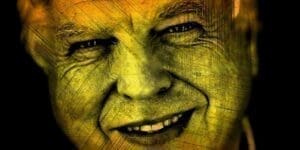
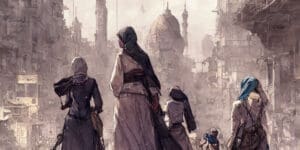
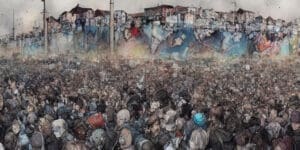


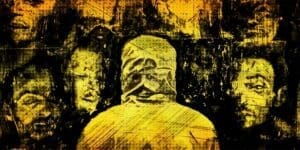
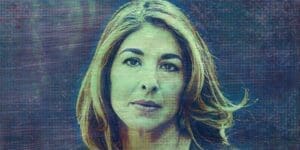
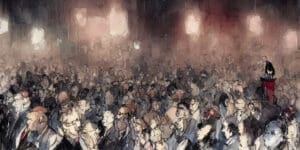
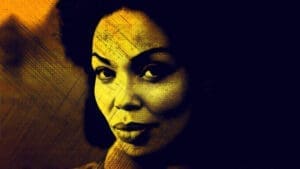

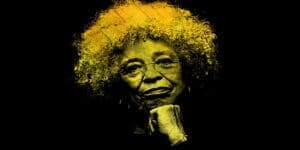
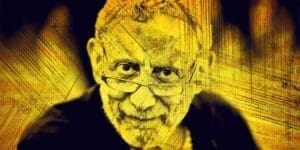


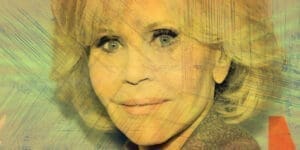
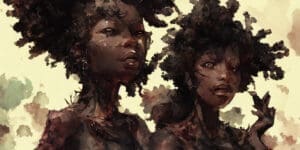



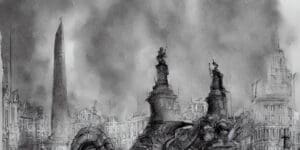
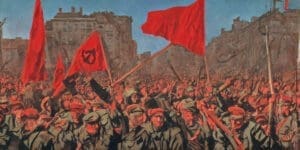
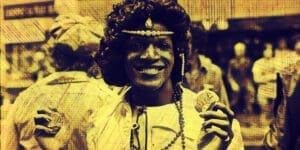
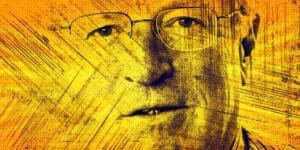
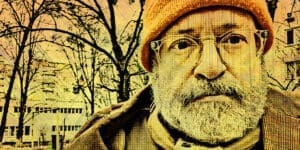

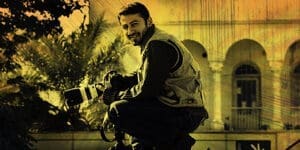
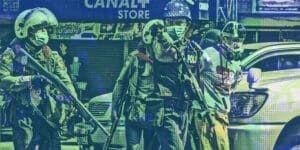

What do you think?